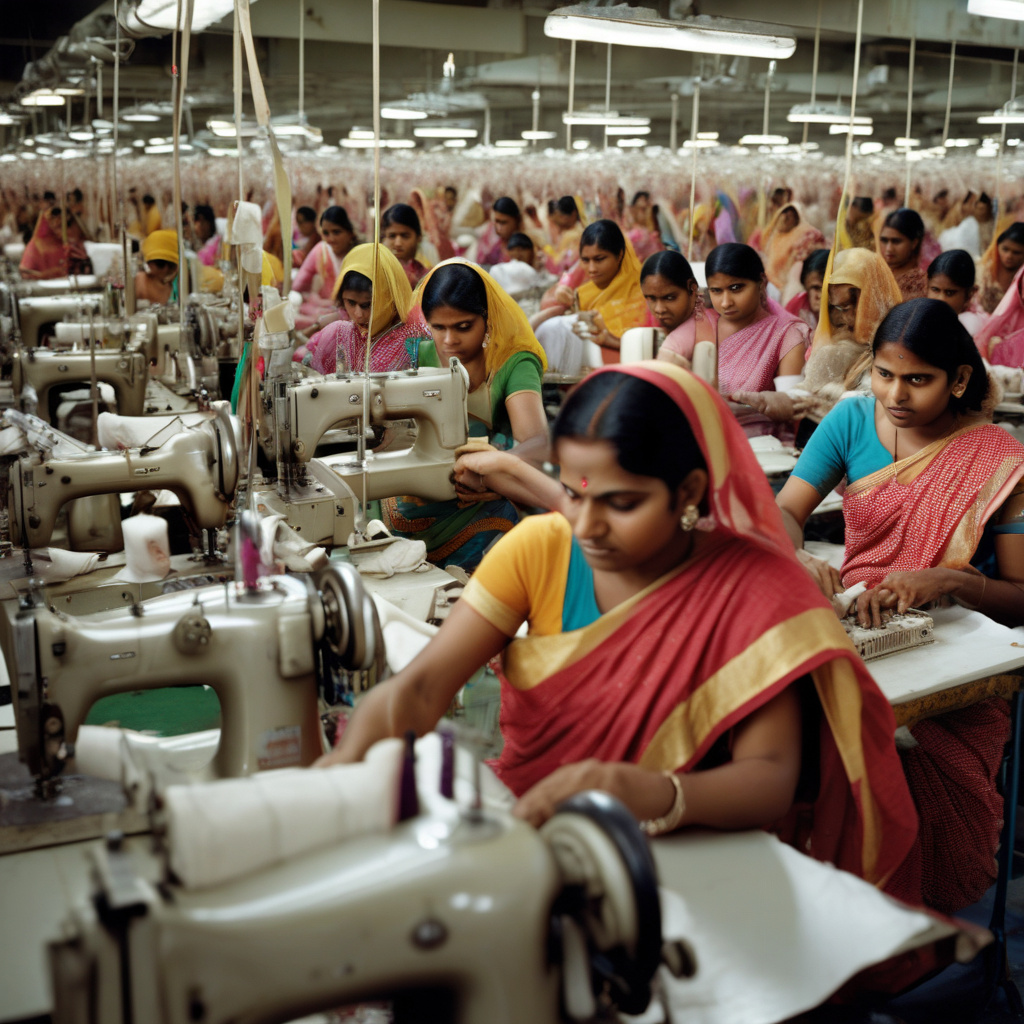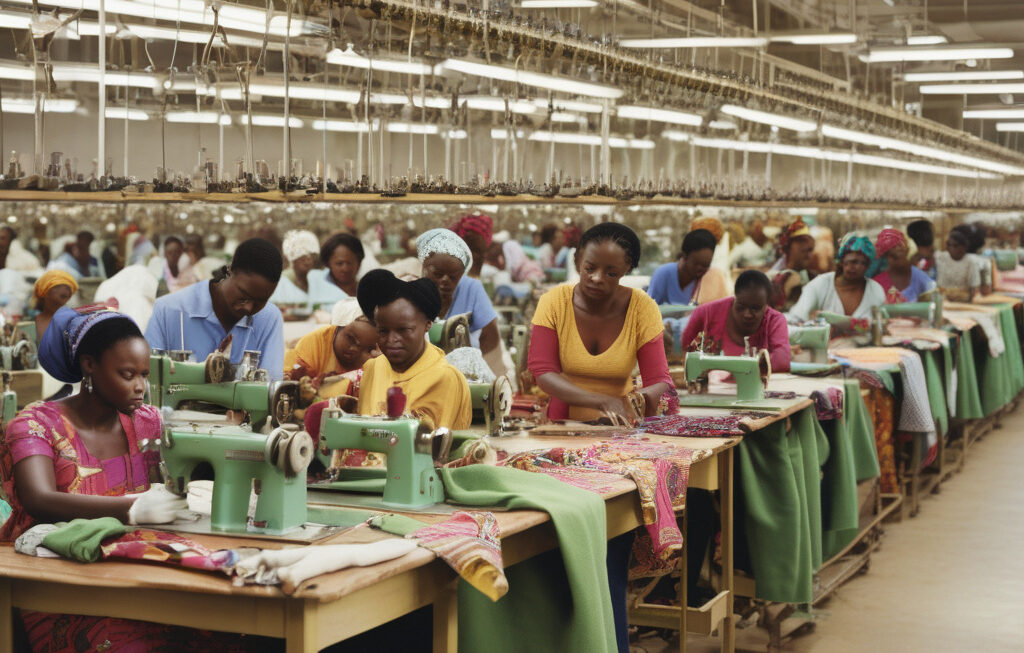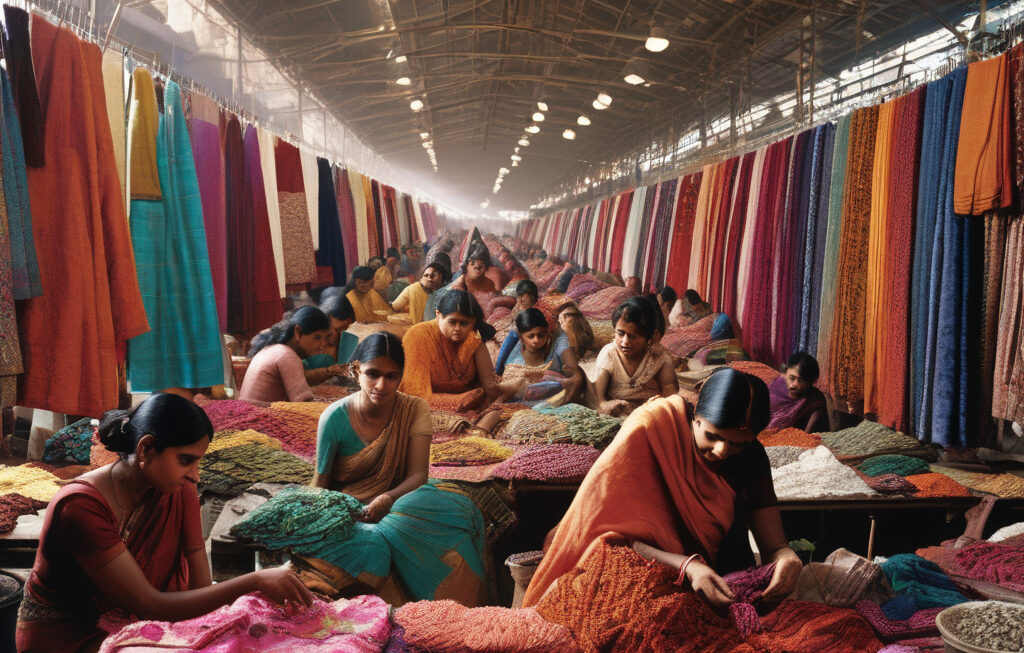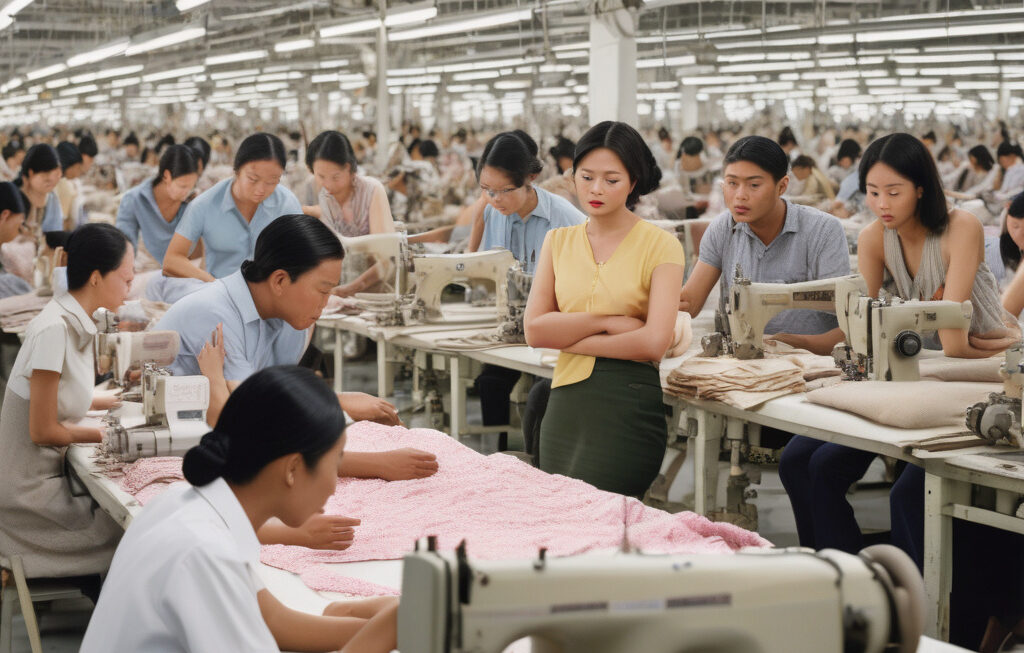India’s Garment Workers Suffering as Trump’s Tariffs Impact Apparel Industry
Two months have passed since the United States imposed a hefty 50 percent import duty on goods from India, particularly targeting the garment sector. The repercussions of this decision are being acutely felt by the laborers in the country’s major apparel manufacturing hubs. Facing a grim reality of mass layoffs, reduced working hours, and indefinite furloughs, these workers are grappling with the harsh aftermath of the trade war initiated by the Trump administration.
In response to the decline in demand and profitability due to the increased tariffs, many factories have been left with no choice but to let go of a significant portion of their workforce. This abrupt disruption in employment has created a ripple effect throughout the industry, leaving countless families struggling to make ends meet. The message echoing from these factories to the affected workers is a somber one: “Come back once things in America get better.”
The garment industry in India serves as a crucial source of livelihood for millions of individuals, particularly in regions like Tirupur, Ludhiana, and Bengaluru, which are renowned as the country’s foremost apparel manufacturing hubs. The sudden downturn in orders and exports to the United States has dealt a severe blow to the entire supply chain, from manufacturers to exporters, and ultimately to the workers on the factory floor.
The implications of these tariffs extend far beyond economic losses. The human cost of such decisions is staggering, with families facing uncertainties regarding their next meal or the education of their children. The garment workers, who form the backbone of this industry, are now caught in the crossfire of international trade policies, bearing the brunt of decisions made thousands of miles away.
While the trade war between the US and India unfolds at a diplomatic level, its repercussions are deeply personal for those whose lives are directly impacted. The livelihoods of garment workers hang in the balance, as they navigate through the harsh realities of job insecurity and financial instability. The resilience and dedication displayed by these workers in the face of adversity are a testament to their unwavering spirit and determination to persevere in the toughest of times.
As the global economy continues to grapple with the uncertainties brought about by trade tensions and protectionist measures, it is essential to recognize the human toll of such decisions. Behind the statistics and policy debates are real people with families, aspirations, and dreams, all of which are profoundly affected by the fluctuations of international trade dynamics.
In conclusion, the plight of India’s garment workers serves as a stark reminder of the far-reaching consequences of protectionist trade policies. The impact of Trump’s tariffs on the apparel industry has reverberated across borders, leaving a trail of hardship and uncertainty in its wake. As policymakers engage in discussions and negotiations, it is imperative to prioritize the welfare of those who bear the heaviest burden of such decisions – the hardworking men and women who form the backbone of the global supply chain.
trade war, garment industry, human cost, international trade, economic impact












